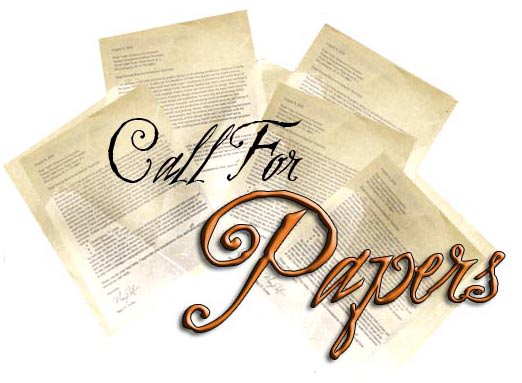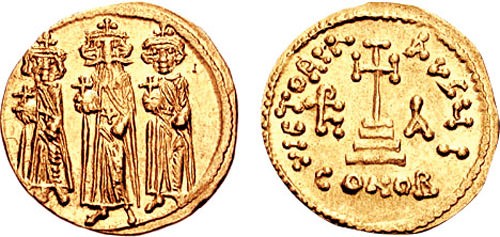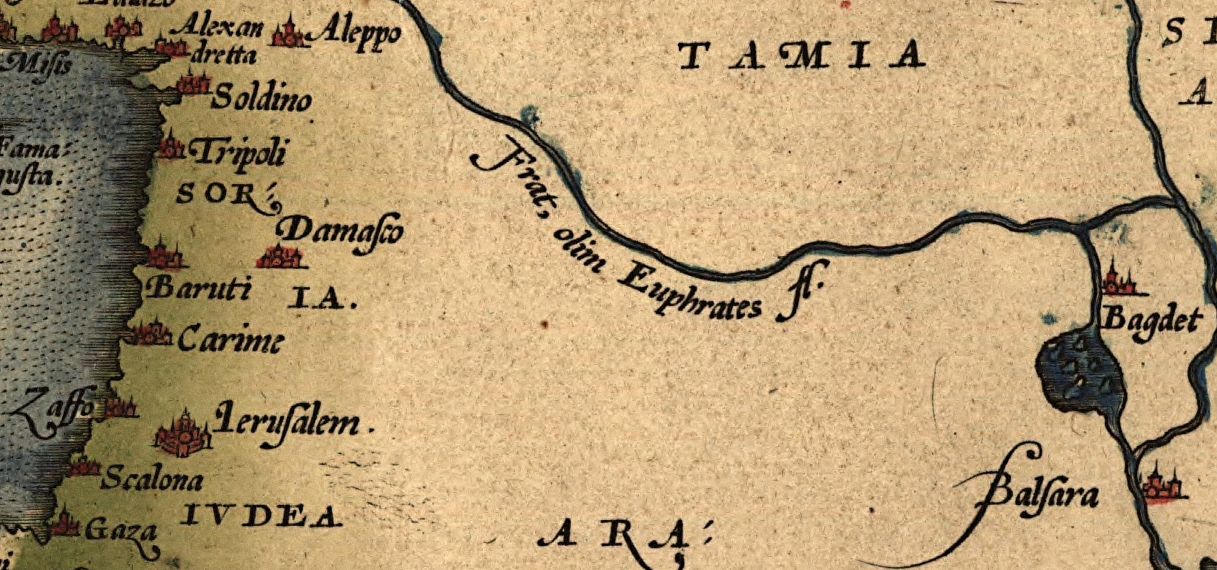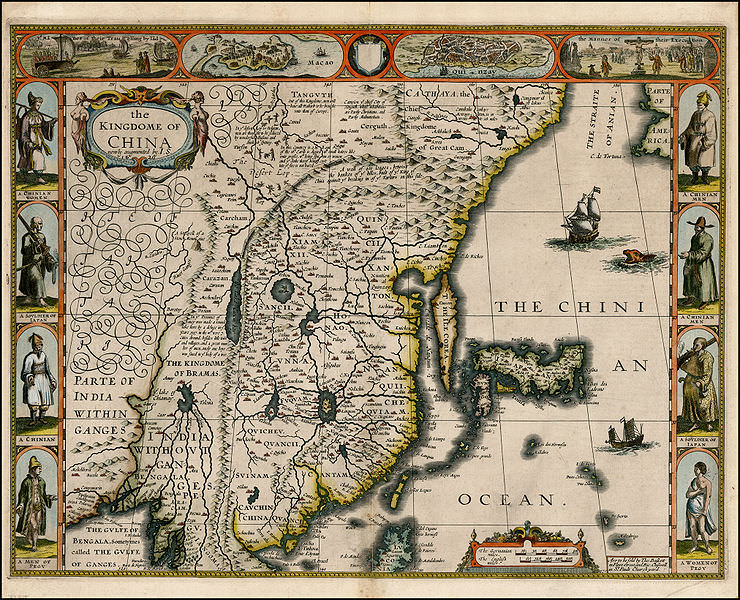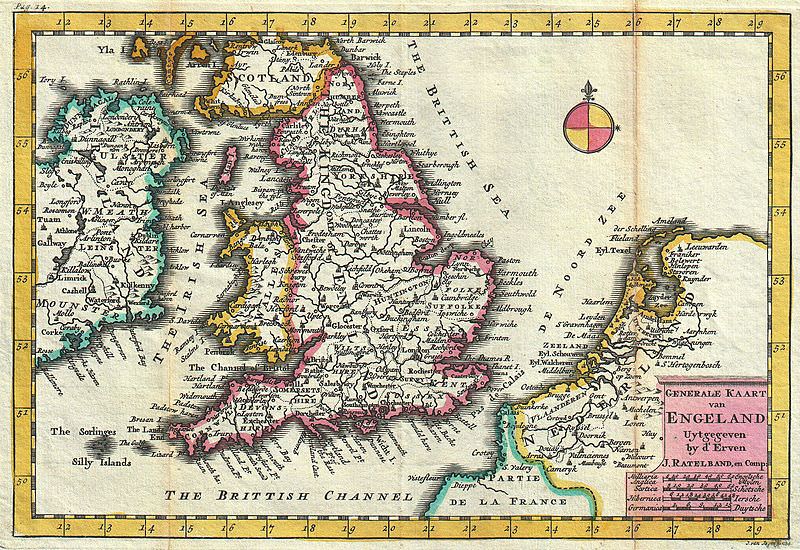St Fursa, the genealogy of an Irish saint the historical person and his cult
As it turns out, Fursa’s differing genealogical affiliations mirror the subsequent shifts in political and ecclesiastical developments in Irish medieval history.
Erotica and the Erotic in the Middle Ages and Renaissance – conference to be held in Arizona
The Arizona Center for Medieval and Renaissance Studies will be hosting its annual interdisciplinary conference next month, which will bring more than seventy scholars to talk about the sexy side of the Middle Ages.
The Knight and the Serpent: A Legend of Medieval Normandy
John R. Gabourel writes about the universal tale of choices and where they can lead us in his novel The Knight and the Serpent: A Legend of Medieval Normandy
The Hanseatic League of the Middle Ages
In the High Middle Ages, confederations of towns were the dominant characteristic of Germany, since the organization of the Empire was loose enough to allow a kind of independence to the growing cities.
Cluny Cross: A Mad Medieval Tale
Cluny Cross – A Mad Medieval Tale, a novel placed in the 11th century, follows a Benedictine monk’s frantic adventure through the Byzantine and Turk Empires before it races on to Jerusalem and the embattled Holy Land.
Museum Secrets, Season 2: Episode 3 Preview: National Archaeological Museum of Athens
Airs Thursday, January 26 at 10PM ET/PT on HISTORY TELEVISION CANADA
Charters as weapons. On the role played by early medieval dispute records in the disputes they record
This paper seeks to shed more light on how written records were used during the Carolingian period by examining the role played by records of property disputes in the disputes they record.
The Weight Standard of the English Coinage 1158-1279
In 1279 ‘The Form of the New Money’ (Forma nove monete) and the indenture of William de Turnmire both described the weight standards of Edward I’s new coinage. 243 pennies were to be struck from a tower pound of silver (5,400 troy grains) and the new round farthing was to be made in slightly debased silver at a heavier standard.
Marriage and alliance in the Merovingian Kingdoms, 481-639
This dissertation offers a narrative interpretation of Merovingian history from the reign of Clovis I (r. 481-511) through the reign of Dagobert I (r. 629-639). The narrative focuses on the competitive nature of the Merovingian kingdoms and the role that foreign marriages could play in that competition.
Call for Papers: Medieval Space and Place
The next issue of Hortulus: The Online Graduate Journal of Medieval Studies will be published in May of 2012.
The Iranian Factor in Byzantium during the Reign of Heraclius
A tripartite formula for the structure of Byzantine history has been suggested and generally accepted-Roman political institutions, Greek cultural elements, and the Christian religious faith, representing Rome, Athens, and Jerusalem respectively.
Viking mass grave linked to elite killers of the medieval world
A mass grave found in Dorset could belong to a crew of Viking mercenaries who terrorised Europe in the 11th century – according to a new documentary on National Geographic which pieces together the story behind the burial.
The biological consequences of urbanization in medieval Poland
This dissertation tests the hypothesis that urbanization in a medieval Polish population caused the general quality of life to decline. Furthermore, it will test the hypothesis that these consequences of urbanization occurred gradually and were not severe.
Images of Civil Conflict: One Early Muslim Historian’s Representation of the Umayyad Civil War Caliphs
This thesis examines the ninth-century Baghdadi scholar al-Tabari and his narrative representation of the three civil war caliphs of the Umayyad era (661-750 CE).
Categories of medieval doxography: reflections on the use of “doctrina” and “via” in 14th and 15th century philosophical and theological sources
Browsing through late-medieval sources, such as commentaries on Peter Lombard or Aristotle, collections of disputations or university statutes, the reader frequently comes across the terms ‘doctrina’ and ‘via’.
New book examines Vikings in the Outer Hebrides
Instead of supporting the view that the Scandinavian invaders killed men and enslaved their women and children, the archaeological evidence suggests a greater degree of intermixing and continuity than has previously been accepted.
Hugh of St. Victor and the “Secular Writings:” a Shift from Philosophical Ardor to Doctrinal Prudence?
I see a considerable difference between Hugh’s options in his early works, which he seems to have composed in a climate of scholarly enthusiasm shortly after his arrival in Paris, and his later position which might have been favoued by an experience of institutional control,
Schedule for Forty-Seventh International Congress on Medieval Studies released
The schedule for the Forty-Seventh International Congress on Medieval Studies was released today, giving scholars a first look at what will be happening at the world’s largest gathering of medievalists
The Social Status and Thought of Merchants in Ming China, 1368-1644: A Foray in Clarifying the Social Effects of the Commercialization of Ming China
The application of some recent research by other scholars of Ming China and my readings of some sources dating from the period, I hope, will add nuances to our understanding of Ming commerce and society and furthermore contribute to a detailed approach to the non-Eurocentric writing of a comparative history of development in the early modern world.
Elites and their children : a study in the historical anthropology of medieval China, 500-1000 AD
The only information we have about children in medieval China comes from male adults with an elite and literary social background.
Early Medieval Lead Processing in the Slavic Territories and the Possible Mention of Trade in Lead by Ibrāhīm Ibn Ya’Qūb
The purpose of this article is to draw attention to the beginnings of lead processing in the Early Middle Age, based on the latest archaeological information.
PARIS B.N. ms. latin 5954: The Professional Papers of an English Ambassador on the Eve of the Hundred Years War
One of the more peculiar documents in the manuscript is a letter of Edward III summoning Master William of Weston to the Parliament at York on 7 February 1328.
Mali Grad: High Medieval Castle in Kamnik
The town of Kamnik is very old. In page times the area was inhabited by three castles, yet it lacked a town; the area upon which the town stands today was covered by a large lake that stretched from Kamnik all the way to the surrounding hills.
In the Guise of a Christian: the Early Medieval Preliminary Stage of the Portrait Historie
A fine example of the belief in the existence of early portraits is the well-known gilt bronze Barbarossakopf in Cappenberg, Westphalia.
The Wife’s Lament: A Poem of the Living Dead
I tell this tale about my sorrowfulness / About my own fate. That I may speak of / What misfortunes I have endured since I grew up / New or old, never more than now.



